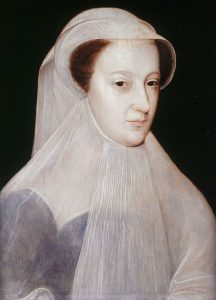 On this day in history, 11th September 1561, eighteen-year-old Mary, Queen of Scots, began her first royal progress. It was to last until 29th September and was the first of nine royal progresses that Mary undertook before she fled to England in 1568.
On this day in history, 11th September 1561, eighteen-year-old Mary, Queen of Scots, began her first royal progress. It was to last until 29th September and was the first of nine royal progresses that Mary undertook before she fled to England in 1568.
On this progress, Mary visited Holyrood Palace, Edinburgh Castle, Linlithgow Palace, Stirling Castle, Kincardine Castle, Leslie Castle, Perth, Dundee, St Andrews, Cupar and Falkland Palace.
Mary had only returned to Scotland from France, where she had lived since 1548, on 19th August. In the Appendix of Letters of Mary, Queen of Scots: And Documents Connected with Her, Volume 2, Agnes Strickland writes that Mary had no wheel-carriage for her progress and so set off on horseback. Mary's biographer John Guy writes of the reasons for this progress so soon after Mary's return:
"She wanted to see more of her country and her people, and to show herself to them. Far from being homesick for France, she seems to have felt that she had at last stepped into her proper place."
Guy writes that Mary stayed at Linlithgow Palace, where she had been born in December 1542, for two days before moving on to Stirling. According to Thomas Randolph, Elizabeth I's ambassador, on 24th September at Stirling Castle, Mary nearly suffocated:
"At Stirling, the queen, lying in her bed, having a candle burning by her, being asleep, the curtains and tester took fire, and so was like to have smothered her as she lay."
There was also trouble at Stirling when, on Sunday 14th September, Mary and her "devout chaplains" wanted to celebrate the Mass. They were turned away by the Earl of Argyle and Lord James (Mary's half-brother, James Stewart, 1st Earl of Moray). Randolph recorded that the two men "so disturbed the quire that some, both priests and clerks, left their places with broken heads and bloody ears."
Mary then travelled on to Perth, then on to Dundee, St Andrews and back to Holyrood.
- Holyrood Palace
- Edinburgh Castle
- Linlithgow Palace
- Stirling Castle
- Kincardine Castle
- Leslie Castle
- Perth
- Dundee
- St Andrews
- Cupar
- Falkland Palace
- Edinburgh
Notes and Sources
Photos of places, Wikipedia.
Portrait of Mary, Queen of Scots, in mourning by François Clouet.
- Ridgway, Claire (2012) On This Day in Tudor History, MadeGlobal Publishing.
- Letters of Mary , Queen of Scots: And Documents Connected with Her Personal History, Volume 2, Henry Coburn Publisher, 1842, Appendix.
- Guy, John (2004) My Heart is My Own: The Life of Mary, Queen of Scots, Harper Perennial, p. 143.

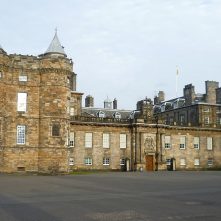
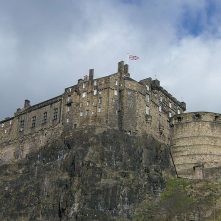
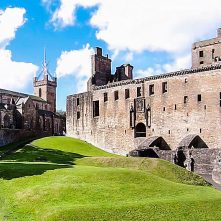
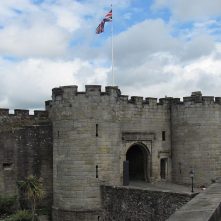
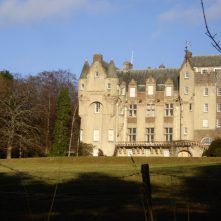
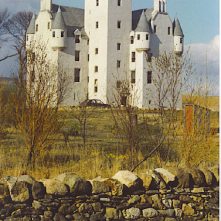
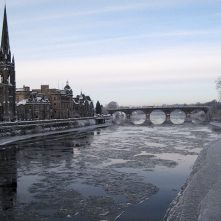
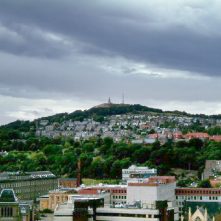
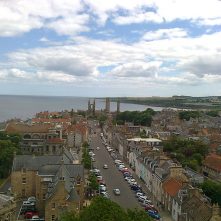
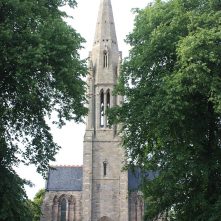
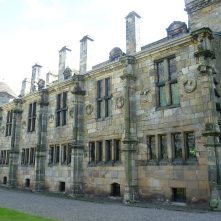
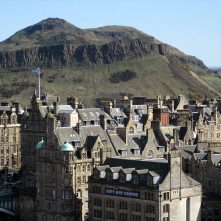
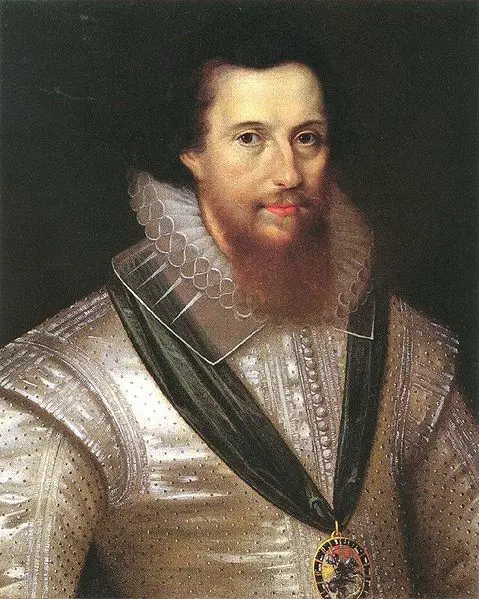
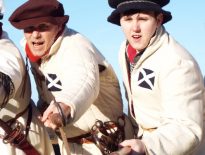
I was just back from my ‘progress’ on the 10th visiting places associated with Mary Queen of Scots. Out of the 10 places l visited this time Linlighgow, St. Andrews and Cupar was 3 of them. Edinburgh, Holyrood, Sterling and Perth l did some years ago.
Can l just say Claire, the photo of Kincardine Castle above is actually a Victorian building which has become a hotel etc. The original castle is barely visible now in amongst a small copse a few bits of stone sticking up held together with ivy etc, though the floor plan is still traceable. It was very grand once, and has quite a past!!
I hadn’t heard of this one before, and as it is not too far from where l live l looked it up. And this is what l found out. Will send you the photos l managed to find on the real castle. And will go and see for myself one day.
P.s. it doesn’t help there has been 4 places called Kincardine Castle, and there is a high probability l’ve got the one as well haha.
I’m so jealous of you, in a nice way of course! I would love to see these beautiful castles in the flesh.
Typo there…meant l could have got the wrong castle being as there were 4.
To be honest l am amazed on how many are around me up here without going to the boarders. Think l will have to focus more on the ‘Scottish’ Tudors for awhile methinks